Four Parts: Identifying Spam Preventing Spam Blocking and Reporting Spam Sample Unsubscribe from Spam Email
Spam
has become a constant fixture in our online lives. While it’s easy to
gloss over spam in your inbox, accidentally clicking a spam link can
lead to virus infection and identity theft. Take the fight to the
spammers by actively blocking the spam that you receive, as well as
preventing future spam. Your inbox will thank you.
> Part 1 of 3: Identifying Spam
1. Check who it’s from.
Spam
will almost always come from an unrecognized sender, often with odd
email addresses. That doesn’t mean that all unrecognized email is spam.
Legitimate newsletters, website administration emails (password resets,
authentication requests, etc.), and more may come from addresses you
don’t recognize.
2. Look for links.
Only
click links from trusted senders. The entire purpose of spam is to get
you to click a link. If an email contains a link and you don’t recognize
the sender, chances are it is spam. Hover your mouse over any link to
see the destination in your browser or email client’s status bar.
3. Check the spelling.
Spam
often contains misspellings and oddly-worded sentences. This can
include bizarre capitalization and weird punctuation. Many have
gibberish at the end of the message.
4. Read the message.
Anything
that claims you are a winner for a contest you never entered, offers
you access to unclaimed money, or promises free electronics or pills is
never legitimate. Any message that asks for your password is never real
(all legitimate websites have automated password reset programs).
Requests from strangers should always be ignored.
- Many email services have a preview window, which will allow you to read an email message without opening it.
5. Look for attachments.
Malware
and viruses are often disguised as email attachments. Never download an
attachment from a sender that you do not trust or were not expecting.
> Part 2 of 3: Preventing Spam
1. Don’t give out your email address online.
“Robots”
(scripts created to scrape websites for addresses) can quickly gather
thousands of emails at a time from websites where the email addresses
are made public. Also, sometimes humans actually grab e-mails off
websites to use them for sign-up offers in order to get free stuff
(iPods, Ringtones, Televisions, etc.)
2. Make your email address unscannable.
If
you must provide contact information, try writing it out in creative
ways (me [at] yahoo [dot] com). There are alternative ways of displaying
your e-mail address while making it hard for spambots to harvest it.
Such methods include using image picture of your e-mail address or using
JavaScript to dynamically construct the display of your email.
3. Don’t make your username the same as your email address.
Usernames
are almost always public, and it’s simply a matter of figuring out the
correct service to add at the end. Services such as Yahoo! Chat make
this even easier, since chances are everyone using it has a @yahoo.com
email address. Avoid using a chatroom that is tied to your email
address.
4. Use disposable email addresses to identify and shake off sources of spam.
Have
one main account, and then make a separate account for different
purposes (one for friends, one for entertainment sites, one for your
financial websites, etc.).
- In gmail, you can add a "+" button to your email address. For example, you can signup for newsletters like JohnDoe+Newsletters@gmail.com if your email address is JohnDoe@gmail.com
- Set all those addresses to forward the mail to your main account so that you do not have to check multiple accounts.
- If you start receiving spam through one of your alternates, you can trace it to one of your disposable addresses and simply delete that account.
5. Never respond to spam.
Replying
or clicking the “Unsubscribe” link will only generate more spam,
because they now know that the email address is valid. It is best to
report and delete the spam using the steps in the section below.
> Part 3 of 3: Blocking and Reporting Spam
1. Block and report spam in Gmail.
Most
spam is automatically detected and placed in your Spam folder, where it
will be deleted after 30 days. If you receive a message in your inbox
that you believe is spam, check the box next to it and click the “Report
Spam” button in the top toolbar.
- If you do this accidentally, you can click the Undo link at the top of the page to recover it.
- As you report messages as spam, Gmail will improve its automatic filtering.
- If there is a message in your Spam folder that is a legitimate email, check it and click the “Not spam” button. Ensure that it is truly a legitimate email before doing this.
2. Block and report spam in Yahoo! Mail.
Yahoo!
has a strong spam filter and most spam messages will automatically be
sent to the Spam folder. If you find a message in your inbox that you
believe is spam, check the box next to it and click the “Spam” button in
the upper toolbar.
- You can add senders and domains to your Blocked list, but this may only be a minor help, as spam senders often change addresses or use temporary domains.
3. Block spam in Outlook.
Outlook
comes installed with a Junk Filter which is set to Low protection. This
will catch most obvious spam and direct it to the Junk folder. You can
increase the strength of the filter by clicking the Home tab and then
clicking Junk. Select “Junk E-mail Options”. Click the Options tab and
set the filter to the strength you want.
- Each level of filter strength is explained. Setting it to High may move legitimate emails to your Junk folder, so be sure to check it periodically.
- Install a third-party spam blocker. There are a variety of third-party spam filters that can be installed into Outlook. These will provide extra filtering and updated anti-spam information. Popular add-ons include DesktopOne, SpamAid, and Spam Reader.
4. Report spam.
Before you delete your spam, forward your spam to: spam@uce.gov. This
is the Spam box for FTC (Federal Trade Commission). Mail sent to this
box is investigated. If it is indeed spam, the original sender can be
charged $500 per email. The more mail they get from different users but
same spammer, the more it's likely to be investigated.
- You can report spam to anti-spam organizations such as SpamCop and KnujOn, who will report spammers to ISPs and government agencies.
Tips
- Avoid clicking links within Wiki essays. A current spam attack involves “essay spammers”, where spammers insert random links to sites related to essay-writing services. Another spam attack is spambots creating random pages related to subjects like UGG Boots. These pages also include random links to other subjects, whether or not they are related to the subject or even placed in a grammatically coherent way.
- If you need to provide an e-mail address to verify an online account and you do not want them to have your real address, you can use name@mailinator.com. You do not need to set up an account at mailinator.com; just check the inbox for whatever name you chose. Be aware that anybody can see the email sent to mailinator.com if they can guess what name you used. Also, mailinator.com only keeps emails for a few hours and automatically strips any attachments.
- If you fancy joining a directory, BBS or social site, you might want to do a web search of the site for anything looking like e-mail addresses first. If you find loads of addresses, then the site is not secure and you should not give them your information!
- There are two things you can do to find out if you have a harvesting problem at your e-mail address or website.
- If you have a website, open your Contacts page in a browser such as Firefox and then examine the page source. This is usually found under View > Page Source. On the source window, Press Control-F (find) and enter an @ symbol. Press enter. Keep pressing F3 (search again) until you've found all @’s in the code. Make a note of any which look like e-mail addresses. If any are found, contact your website maintainer and insist these websites are protected against spam harvesting.
- Search for your email address in Google, or any major search engine. If you find that the source of a listed page has got your address on it, contact the owners of all such pages and get them to remove or protect your address.


 04:30
04:30
 Ganesh Sharma
Ganesh Sharma
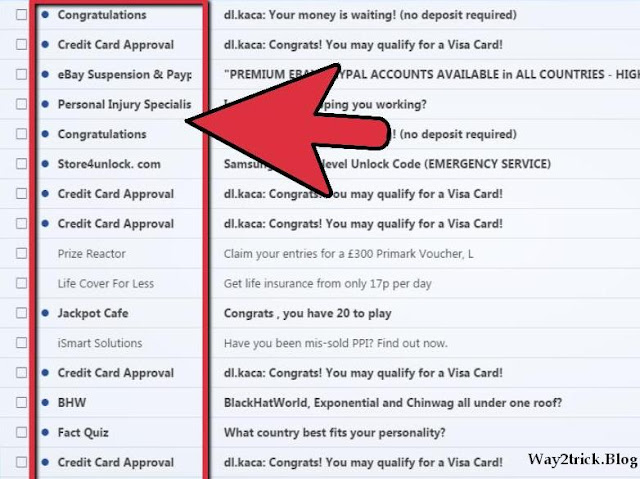
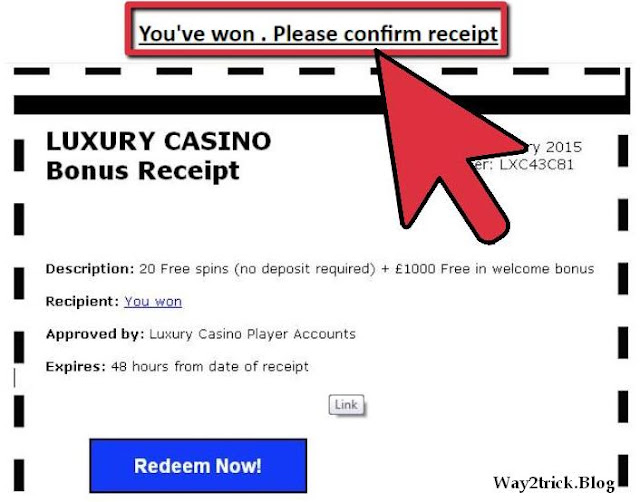
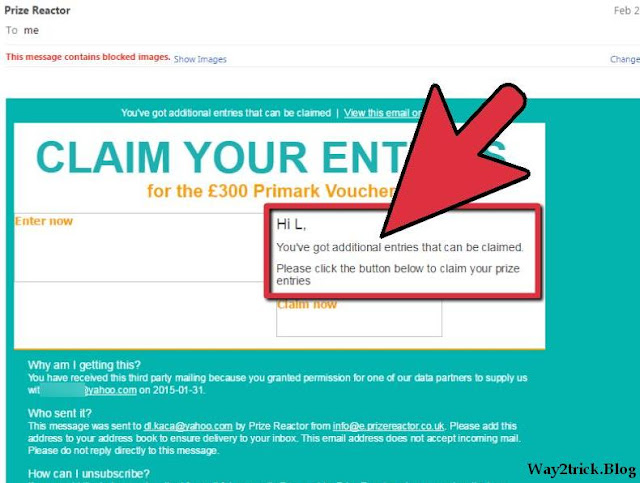
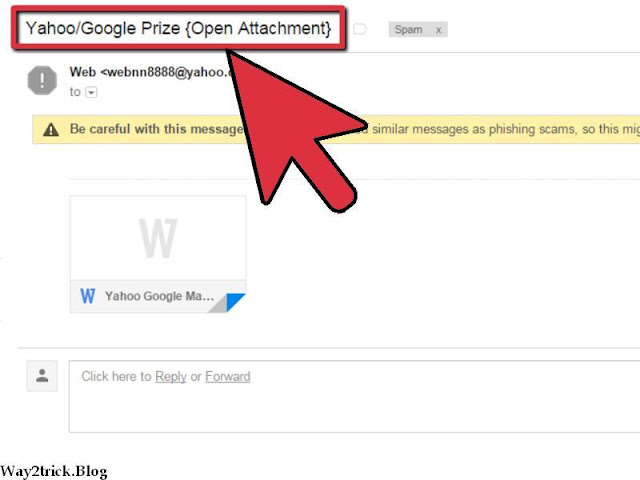


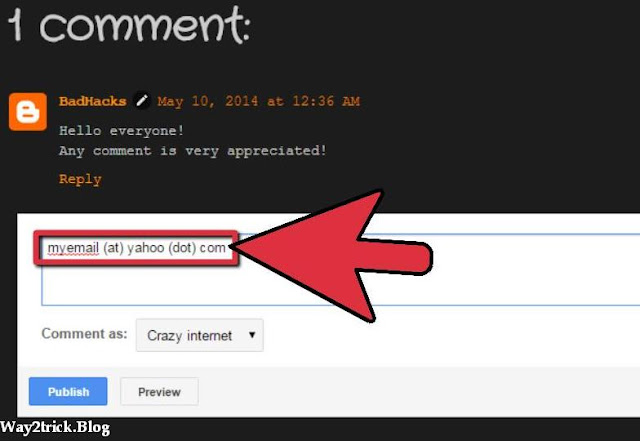



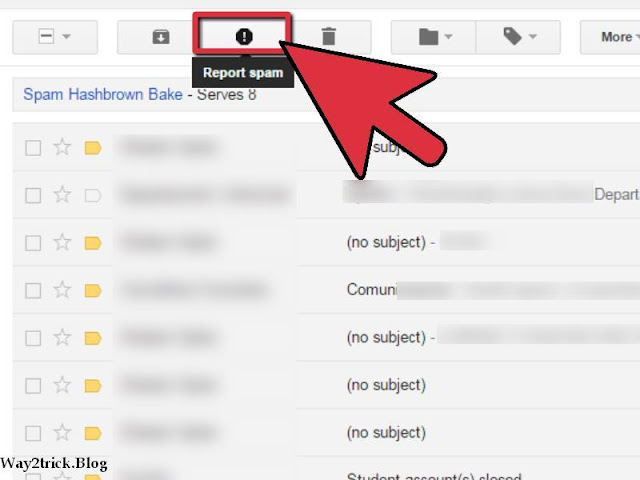

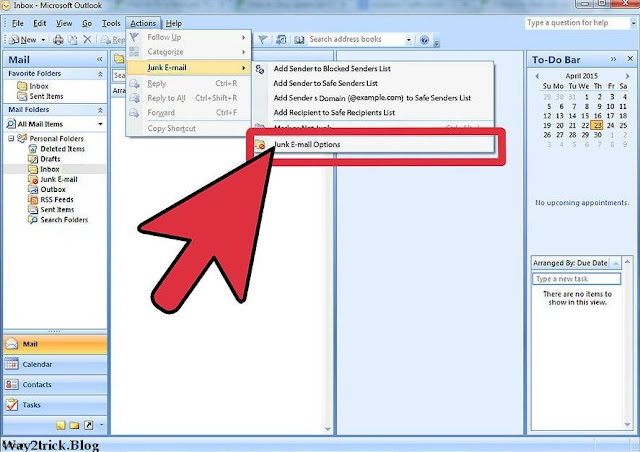
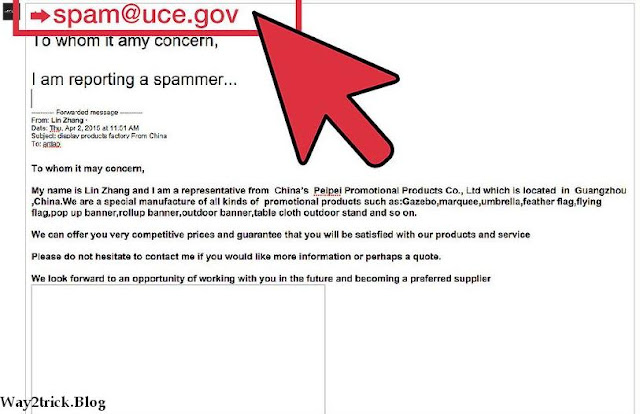





0 comments:
Post a Comment